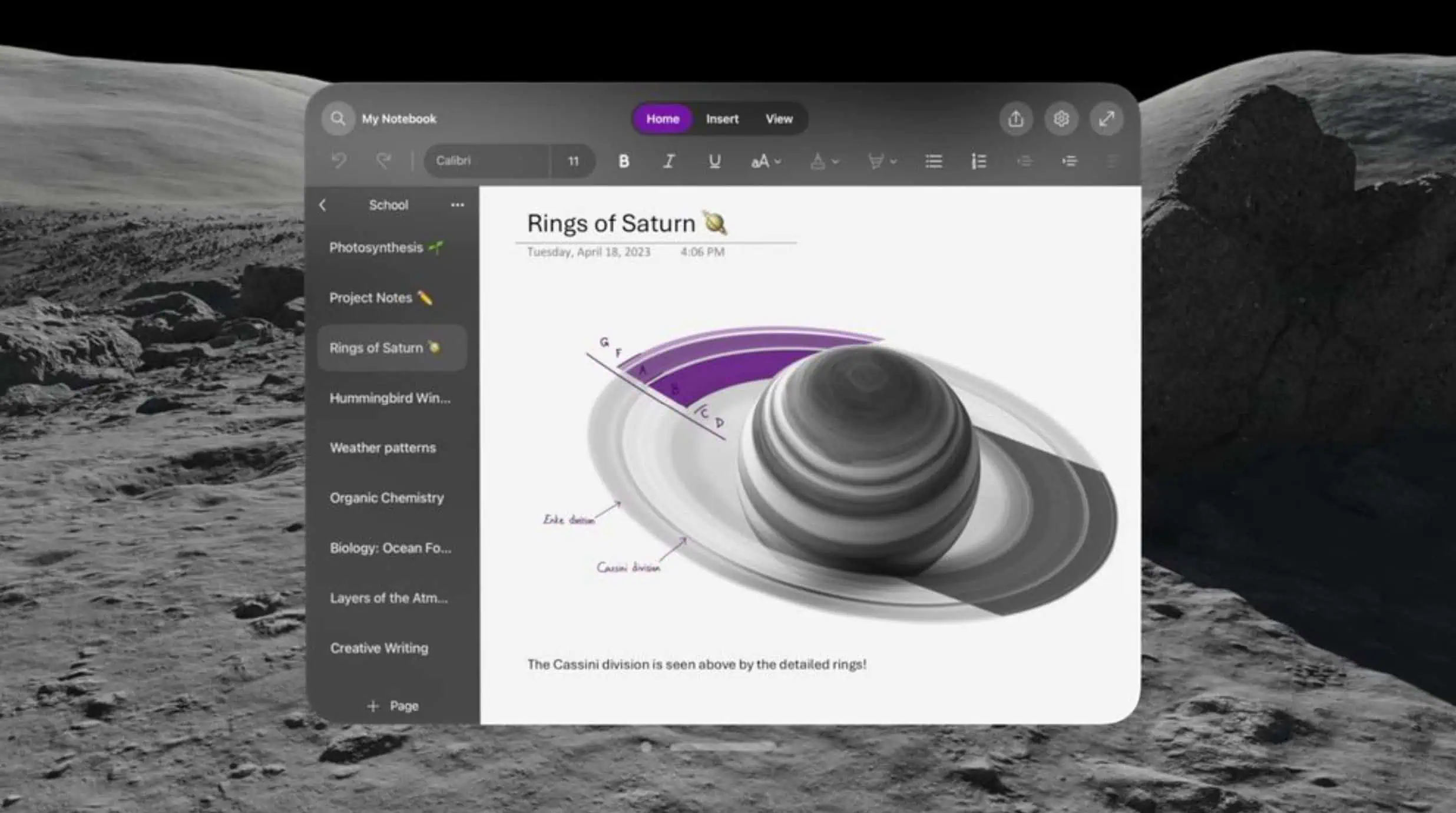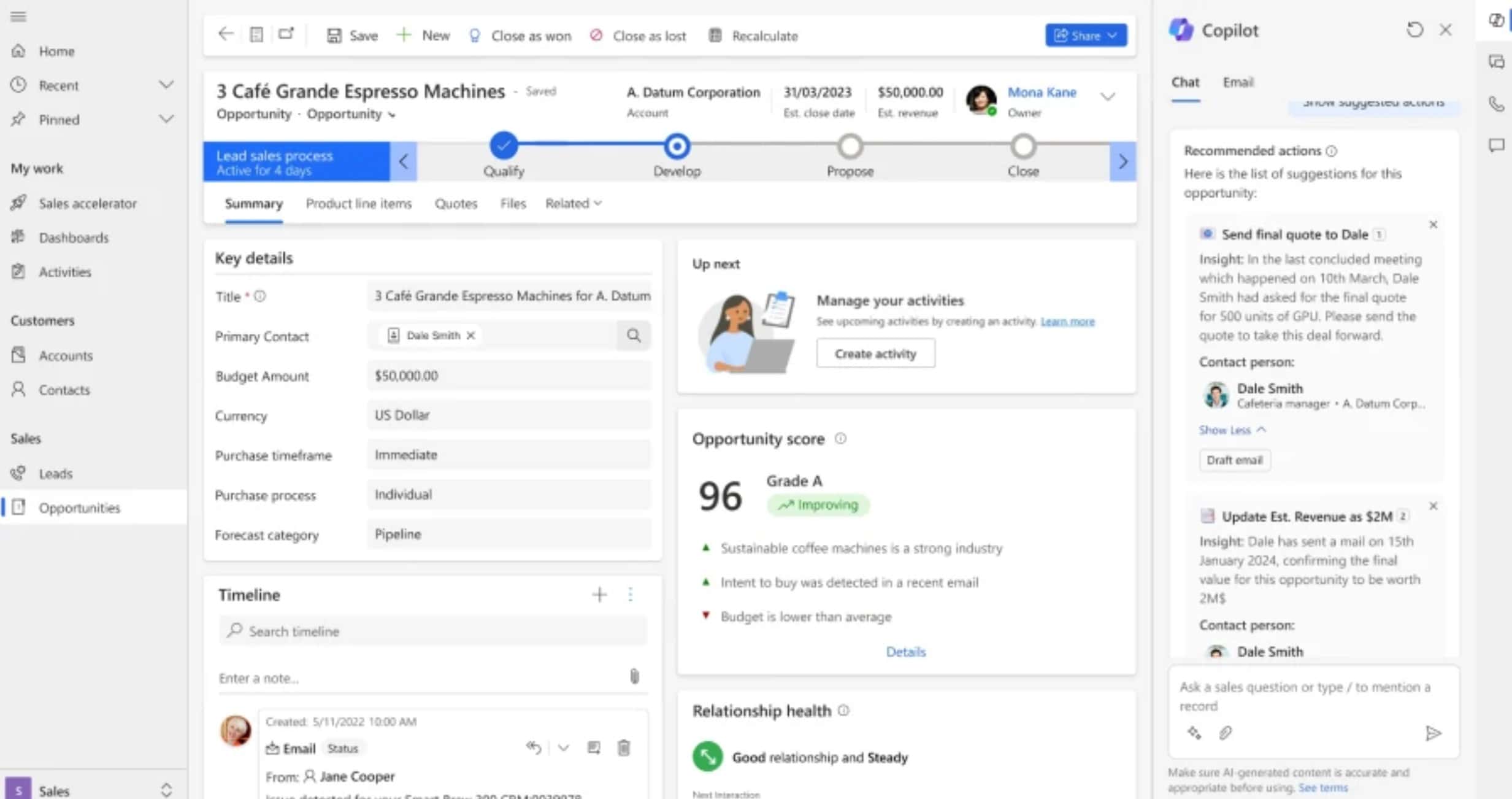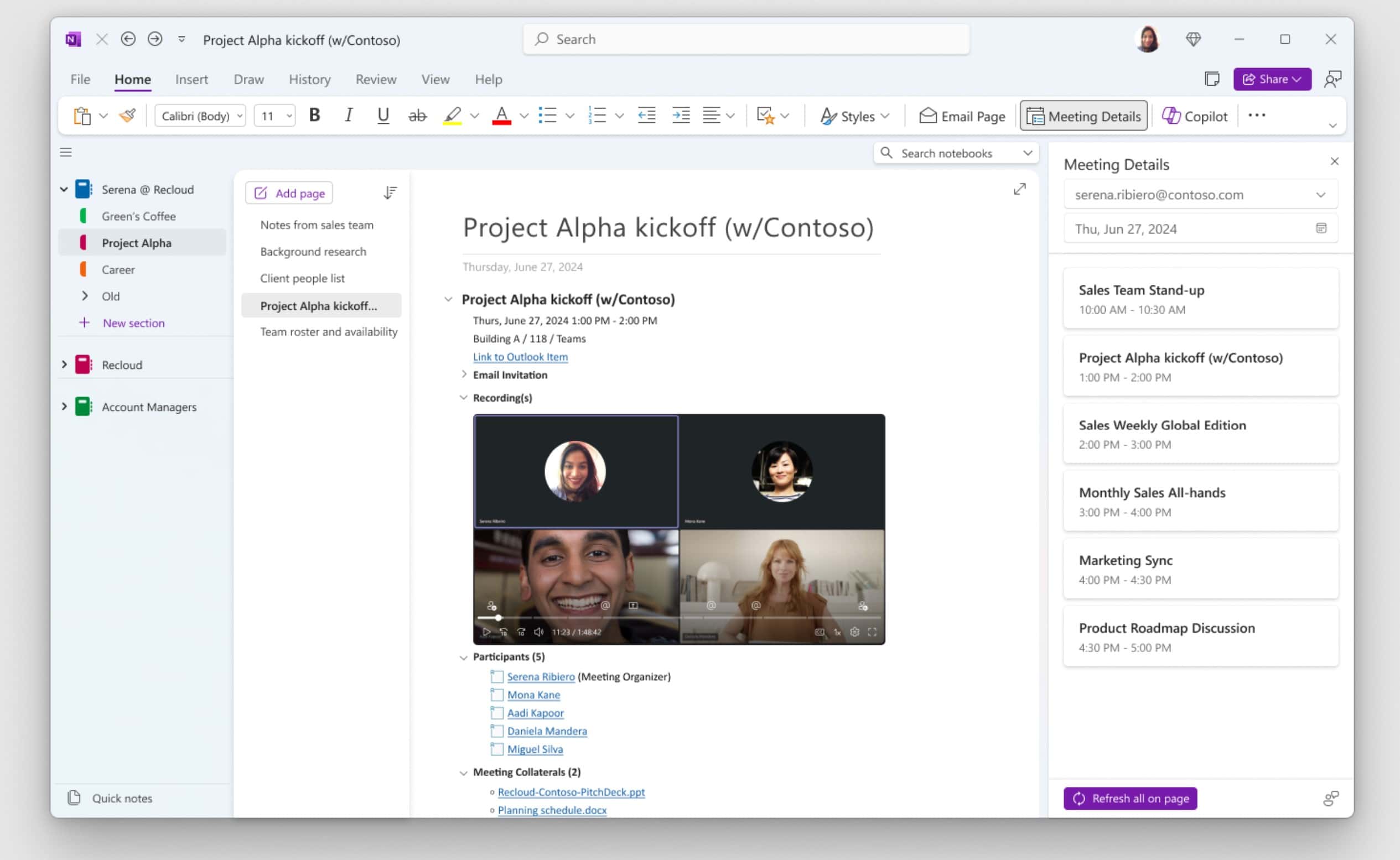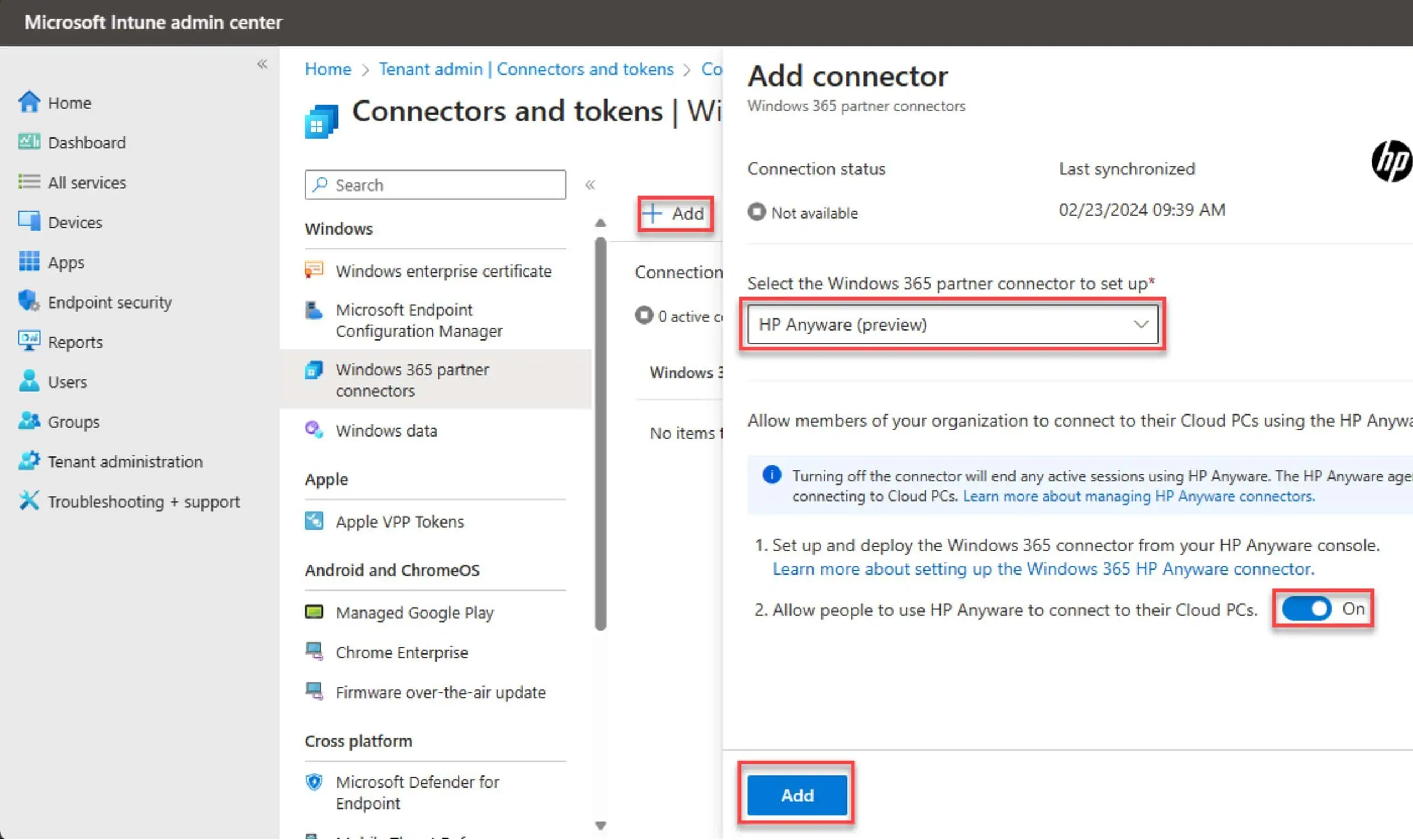Microsoft Announces New Forecasting Capabilities In Power View For Office 365
2 min. read
Published on
Read our disclosure page to find out how can you help MSPoweruser sustain the editorial team Read more
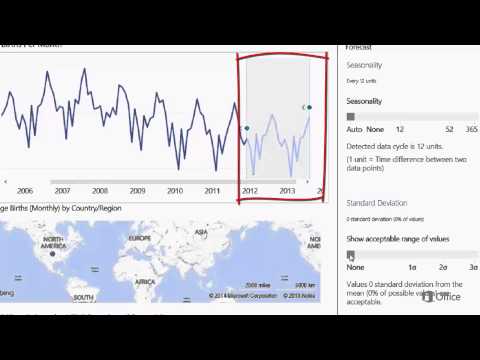
Microsoft today announced new forecasting capabilities in Power View for Office 365 users. Power View performs advanced statistical analysis of the data in your line charts to generate forecasts that incorporate trends and seasonal factors. So how does forecasting work? Forecasting in Power View is based on an established suite of methods for time series prediction called exponential smoothing. Over the years many methods have been developed for the analysis of time series, depending on whether the data is strongly seasonal or has no seasonality, how much noise there is in the data, and whether the data contains “surprises” or irregular peaks.
In Power View, you can now apply predictive forecasting, and hindcasting, when visualizing and exploring your data. Forecasting in Power View utilizes built-in predictive forecasting models using exponential smoothing to automatically detect seasonality in the data to provide forecast results from a series of data. Explore forecast results by adjusting the desired confidence interval or by adjusting outlier data to see how they affect results. You can also hindcast to see how Power View would have predicted the present and recent past based on older data.
You can also try forecasting by following method,
Try the new forecasting capabilities of Power View today on your own data or with the sample report available as part of the Power BI report samples. To view your own data, upload a workbook with a Power View time series line chart to Power BI for Office 365.
Open the file in Power BI and switch to Power View in HTML 5 (choose Try the HTML5 version of Power View in the lower-right corner).
Read more about it here.



